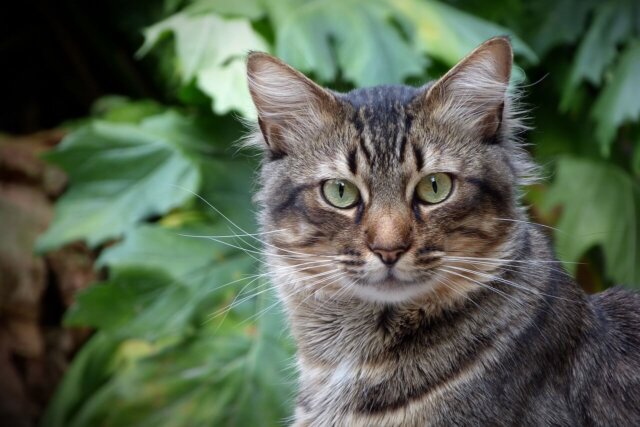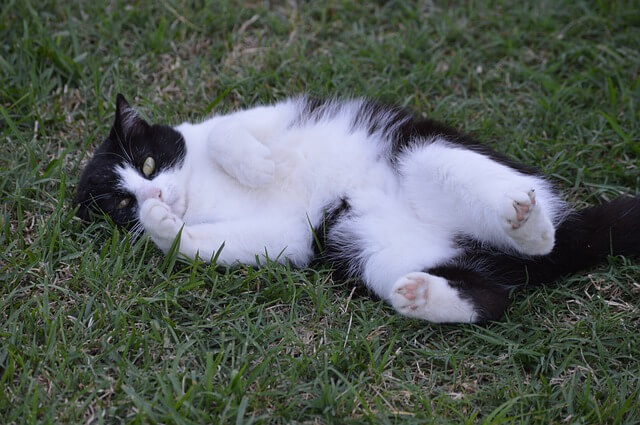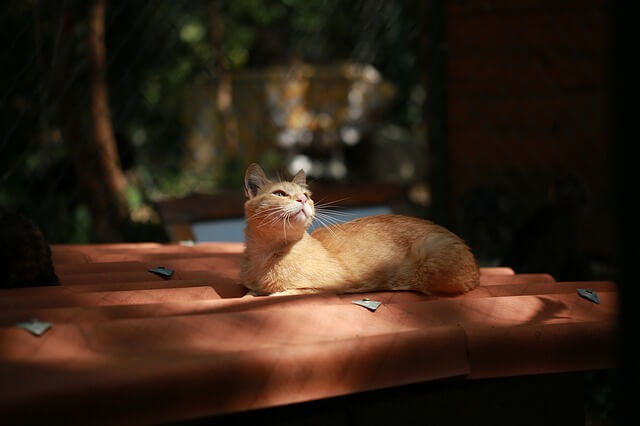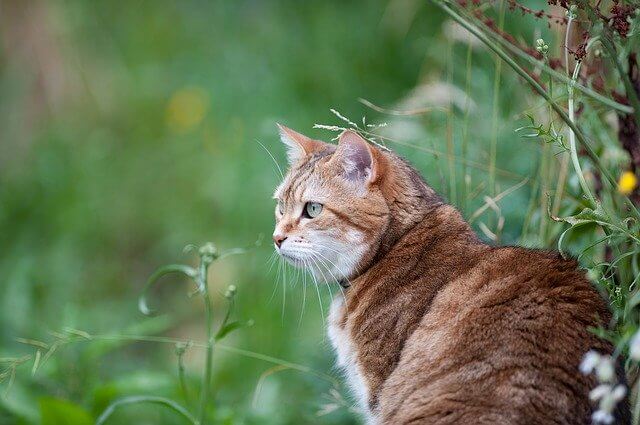The day is a sad one for a family in a small fishing village.
They have said good-bye to a special family member and the time has come to bury their dear tom cat.
With love and reverence, they place the cherished cat in the ground and say good-bye. Perhaps as the days pass and grass begins to cover the earth again, they visit and remember.
Sadly, this scene has played out across time and geography. The pain of losing a cat is known to cat lovers throughout history.
But the particular tomcat in this scene, honored and buried by the humans who loved him, met life’s end more than 1,000 years ago. And the modern discovery of the cat’s skeleton makes this tom the first known cat to find a home along the Silk Road.
This discovery has rearranged the domesticated cat timeline in the Central Asian steppe along the Silk Road.
Silky Fur Traveling Along the Silk Road
In southern Kazakhstan, a team of international researchers has been busy since 2011 with the excavation of Dzhankent, an early medieval settlement along the Silk Road. Its been long known the Silk Road was a ribbon of cultural exchange across the Eurasian continent, the idea of cats as housemates traveling along with exotic spices and fabrics.
Dr. Ashleigh Haruda studied the found skeleton of the cat, unlocking the secrets of the life he once lived among the Oghuz, a Turkic tribe settled in the small fishing village. She explained, “A human skeleton is like a biography of that person. The bones provide a great deal of information about how the person lived and what they experienced.”
And the first thing revealed, Dzhanik, as the cat was named by scientists, was not one of the wild cats roaming the steppe, but instead Felis catus L., the cat species giving rise to the domestic felines ruling homes today.
Also, the tom was living a domesticated life roughly two centuries earlier than previous documentation has revealed, meaning Dzhanik lived in the 8th century.
With the help of imaging and scans, Dr. Haruda also learned the ancient cat suffered broken bones that healed. In order for a cat with broken bones to survive, he would have needed help. He would have been vulnerable to predators. Plus, Dzhanik “had lost almost all its teeth towards the end of its life.” This means some hand-feeding most likely occurred to ensure the kitty received the food he needed. These two instances provide a picture of a cat cared for by humans more than once.
Love and Fish, Cats Learned Early On
Stable isotope analysis proved further Dzhanik lived life as a cared-for critter thanks to his predominate diet of fish. Meaning, he had his human wrapped around his tail when it came to good food. Which wasn’t something the previous study had offered when it came to thoughts of livestock and the Oghuz. “The Oghuz were people who only kept animals when they were essential to their lives. Dogs, for example, can watch over the herd. They had no obvious use for cats back then.”
Ah, but once cats realized how easily the humans were to sway, they had plenty of use for us!
H/T: www.eurekalert.org





